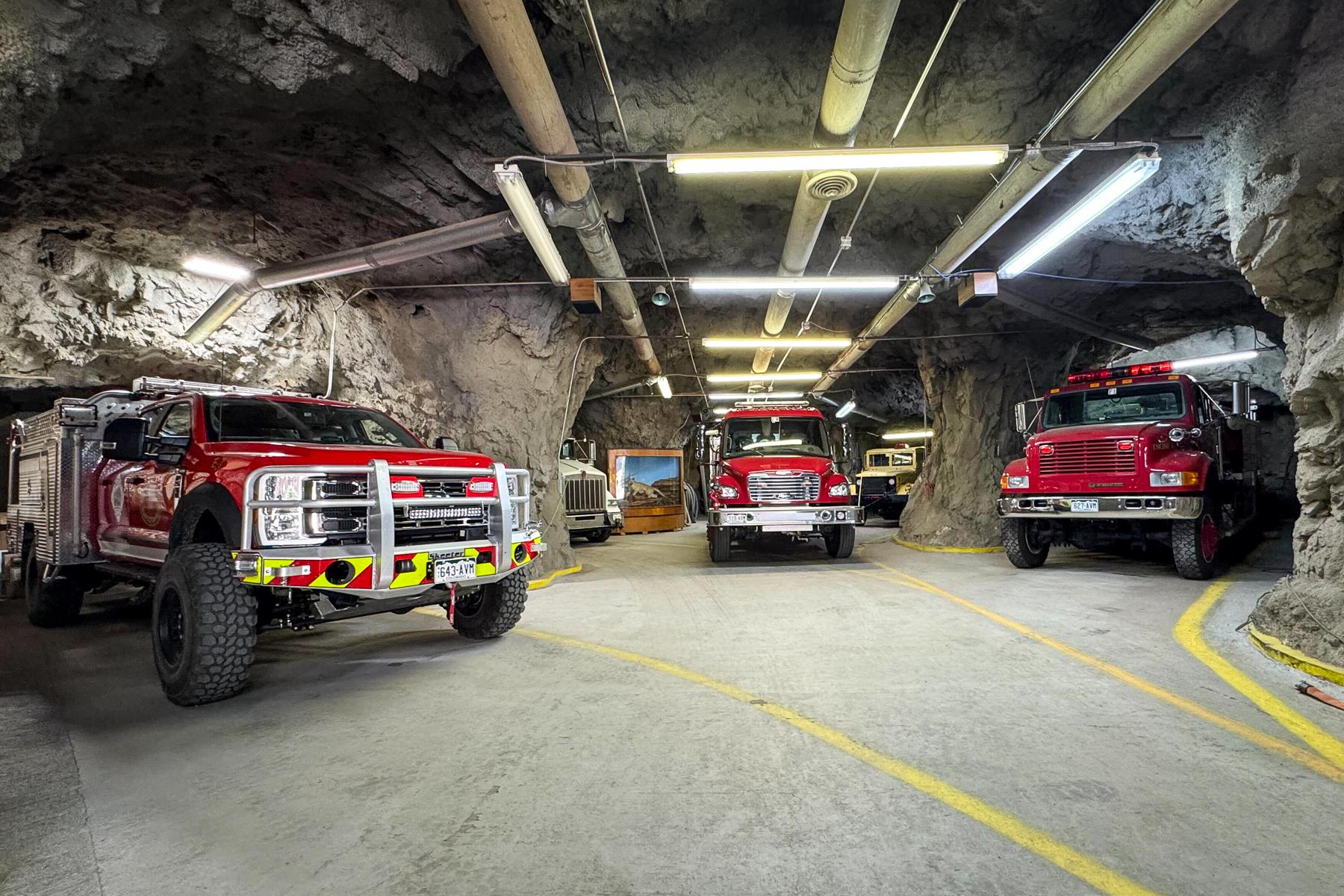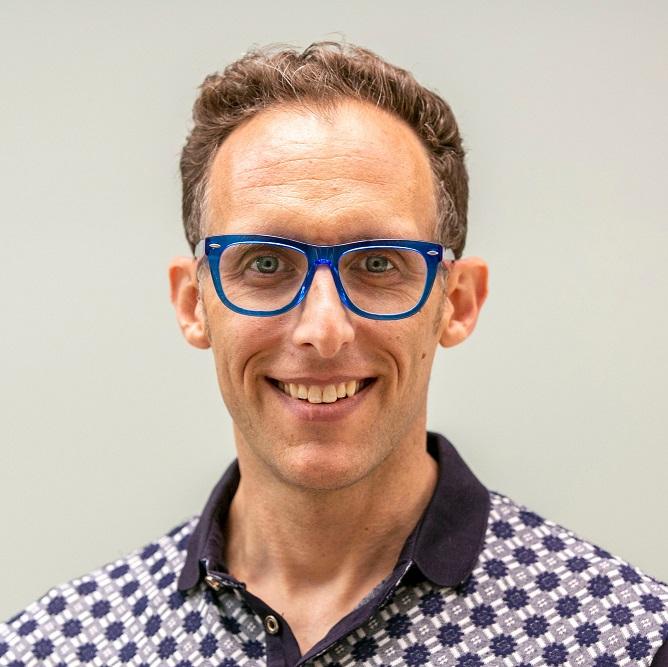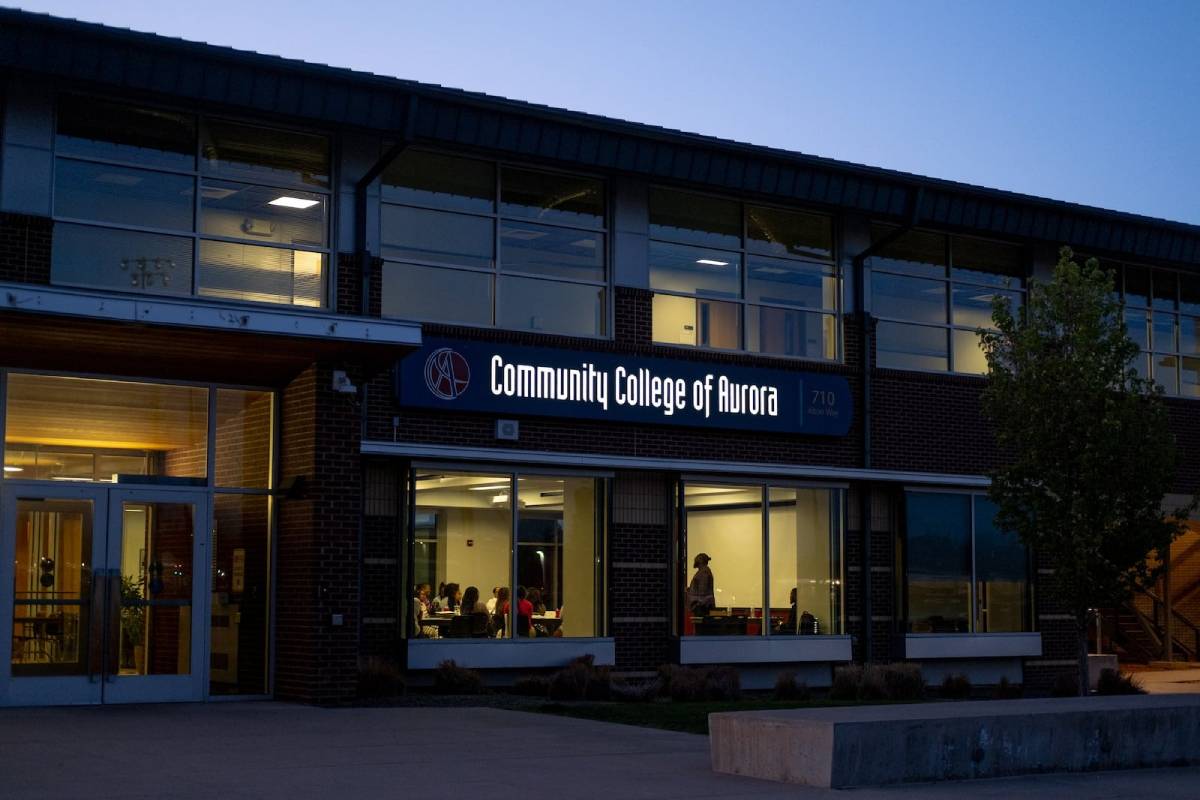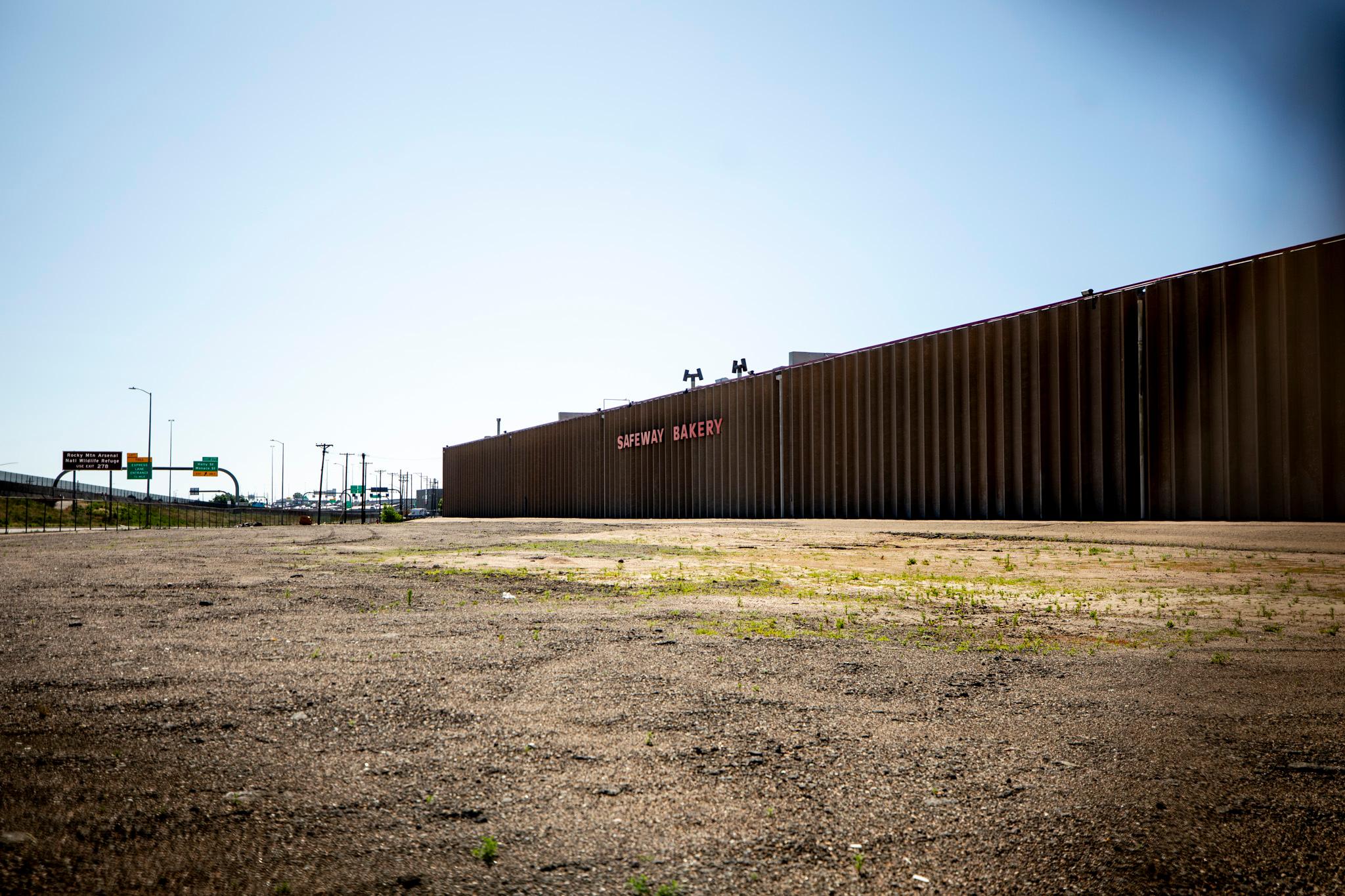Working in Bolivia's mines is a family business.
That's what Italian photographer Simone Francescangeli saw when he traveled to the city of Potosí of about 250,000 to document the daily lives of miners. They're part of a centuries-old enterprise to extract silver, tin, zinc and gold from the mountains. He was struck by the harsh and sometimes dangerous conditions the miners work in — and by the number of children he saw working in the mines. Some were teenagers. One youngster said he was 11 years old.
In Potosí, many children work in mines, often joining their fathers or other family members in the tunnels when they're not in school, says Andrea Marston, a researcher at University of California, Berkeley who studies Bolivian mining cooperatives. The money they earn allows them to play a part in supporting their families.
"Miners are scraping by," says Marston. "It's more like a family farming structure. Kids are helping out their families rather than working on their own."
Up to a point, they're legally allowed to do so. In Bolivia, kids must be 14 years old to work, though some exceptions are made for less dangerous jobs. But the policy is not well enforced, according to the U.S. Department of Labor, which estimates nearly a quarter million Bolivian children ages 7 to 14 work and that these youngsters "engage in the worst forms of child labor, including in mining."
"Part of the reason there's no enforcement is because mining cooperatives have been pretty supportive of the government," Marston says. "They also have a reputation for being violent." In 2016, miners kidnapped and killed a government official during a strike over labor issues.
The work carries risks for both adults and children. Francescangeli saw workers enter the mines with no protective gear besides a helmet. The children, he says, are usually tasked with pushing carts to move rock and minerals out of the mine. Older miners spend their days in search of metals, inhaling the dust from drilling and dynamite explosions they trigger. As a result, says Marston, miners often end up with silicosis, a disease caused by inhaling the mineral silica, which damages the lungs and can make it difficult to breathe.
Francescangeli says he decided to experience the mines as Bolivians do. Cameras in hand, he went in without a mask to protect against dust. He says he struggled to breathe, particularly at Potosí's high elevation of 13,000 feet and in the heat of the tunnels, which he says rose above 90 degrees Fahrenheit. He says when he left the mines on the first day, he had trouble seeing until he rinsed the dust from his eyes.
"It was like a blanket over my eyes," he says.
The darkness in the mines became a central element of Francescangeli's photos, which he decided to shoot in black and white. Because of their headlamps, he says, miners can only see straight ahead.
"To live all day long in this kind of darkness, seeing only the things in front of your eyes, it's a strange way to live," he says.
9(MDEyMDcxNjYwMDEzNzc2MTQzNDNiY2I3ZA004))








